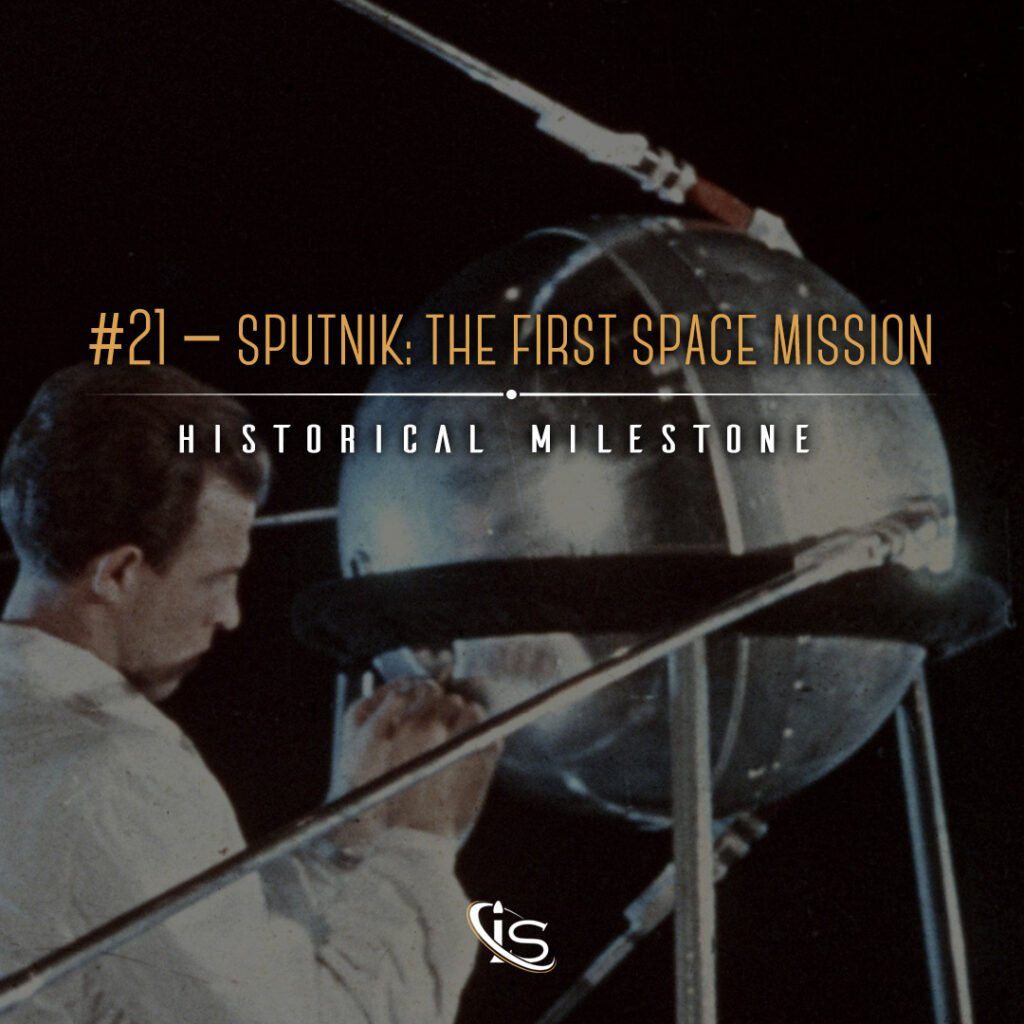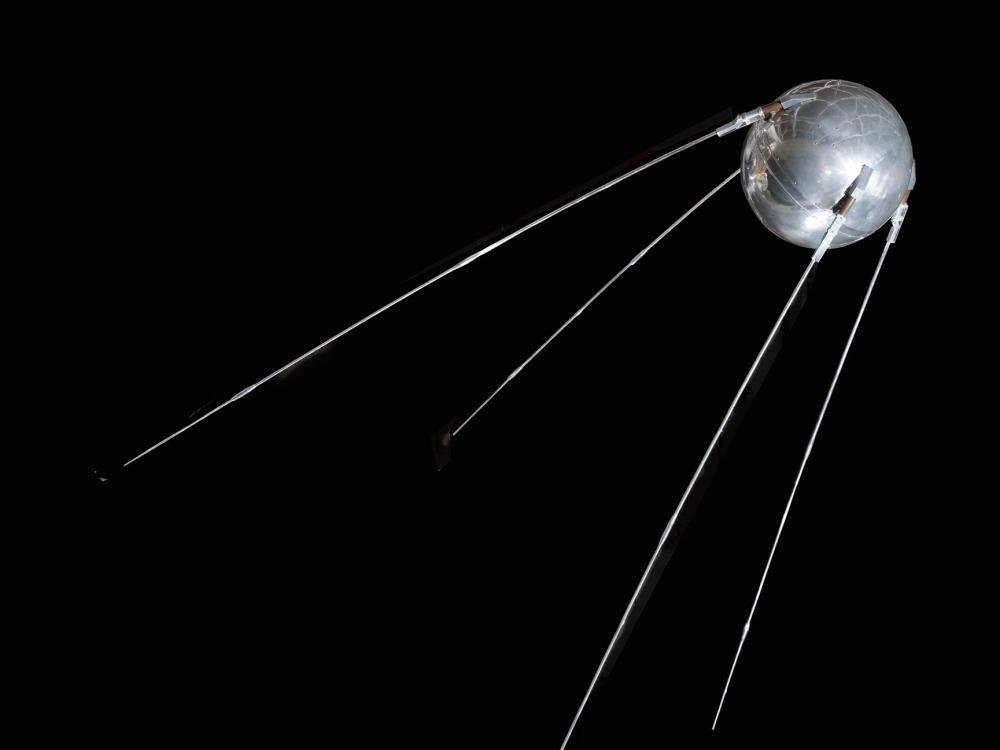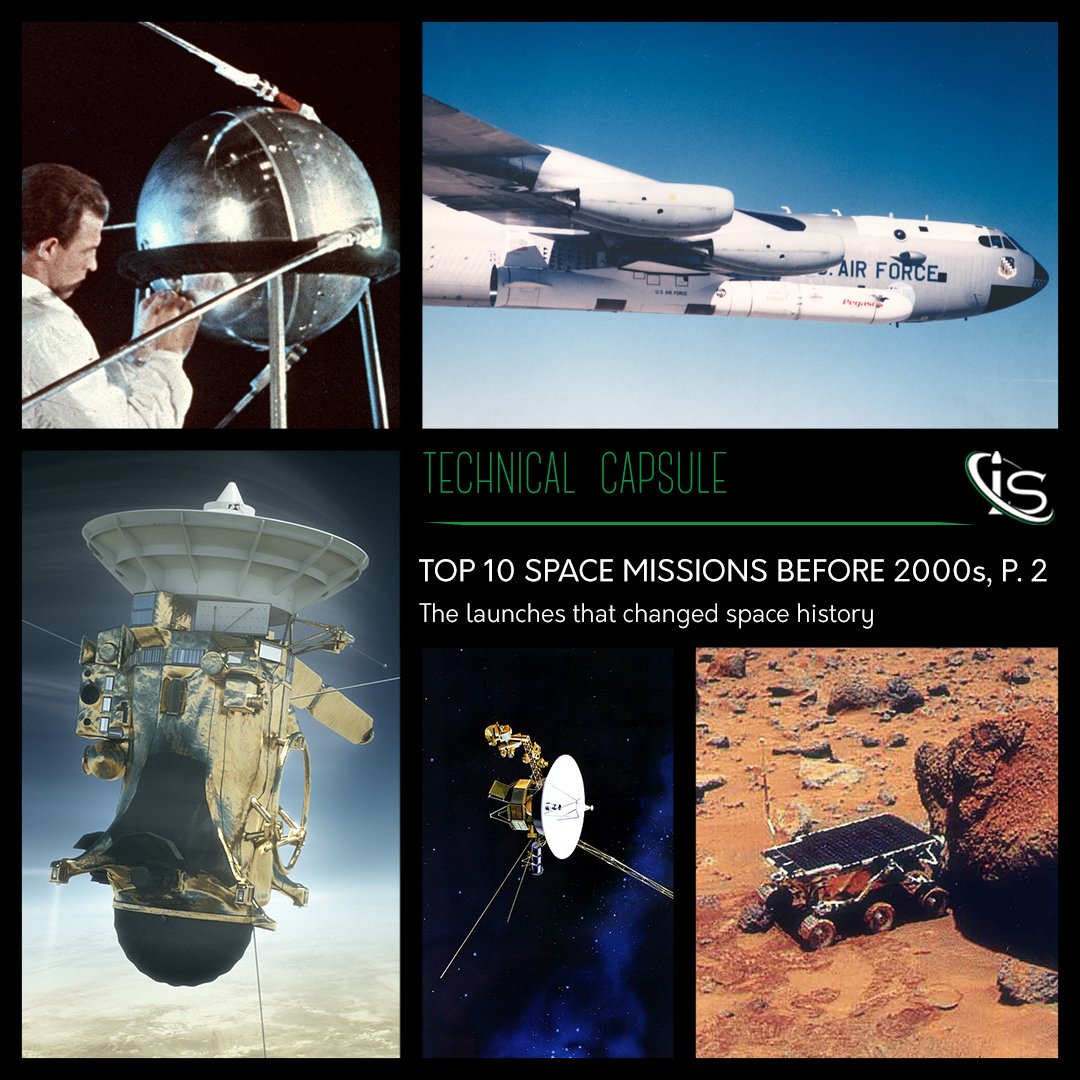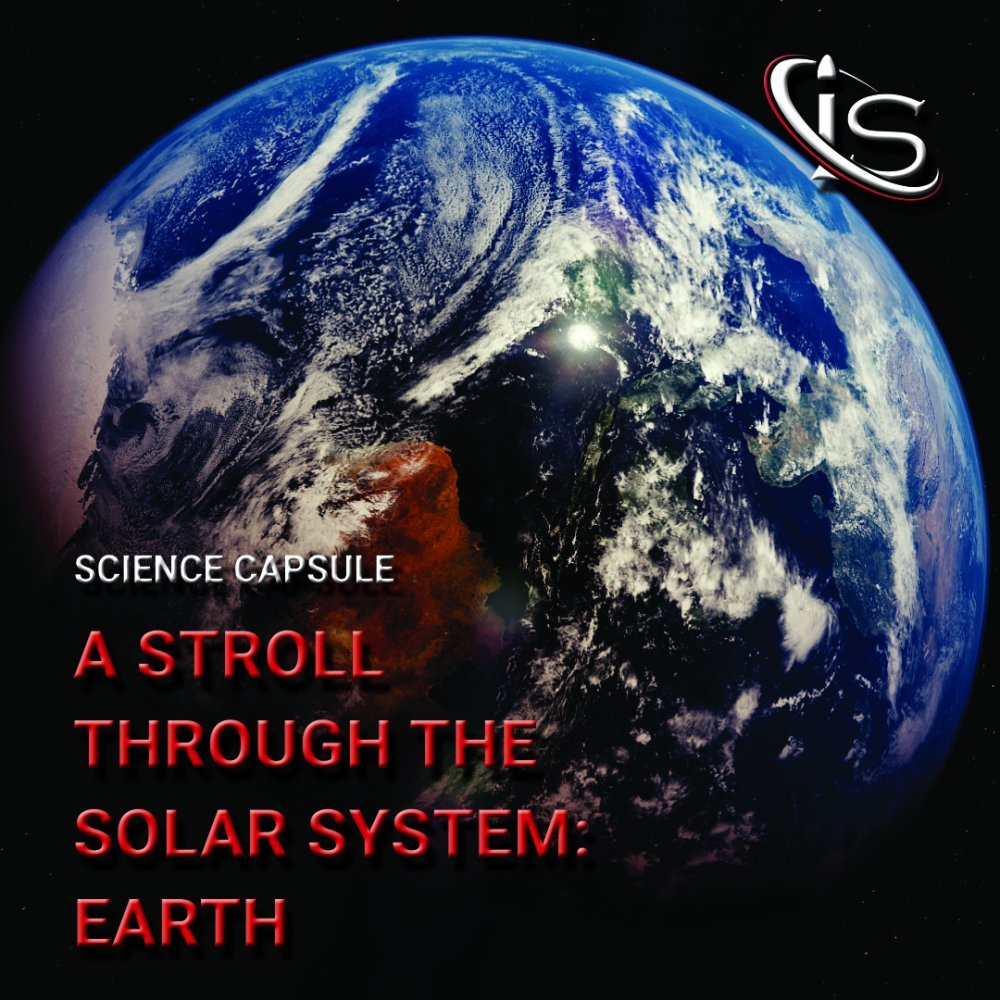Welcome to this month’s iteration of our historical milestone series. And today, we have a big one. Because (after forgetting to write this in time last year), we are finally going to talk about the first ever satellite, Sputnik. Technically, Sputnik 1, as this was not the only Sputnik ever launched. Its name in Russian translates to “companion” or, more accurately, “satellite” in the astronomical sense. And I can’t quite decide if this is the most fitting or least inspired name of all time. Either way, it is time to discuss Sputnik 1, its mission, and its accomplishments.

Sputnik and the Geophysical Year
The year was 1957, and the scientific world was about to be completely revolutionized. After years of research, and even more of theorizing, the first ever space-bound man-made object was ready to launch. The timing of this, however, was not accidental. Between July 1st, 1957, and December 31st, 1958, the scientific world undertook an international project known as the Geophysical Year. Encompassing 14 different Earth science disciplines, this also marked the end of a long period of no scientific interchange between the West and the East due to the Cold War. One of the disciplines was rockets and satellites, which is where Sputnik 1 comes in.
The first ever satellite was a 58 cm (1.9 ft)-diameter sphere made of aluminum. It sported 4 antennae coming in at 2.4-2.9 m (7.9-9.5 ft) long. Its goal was to study Earth’s upper atmosphere, with a particular focus on the ionosphere and its effects on radio signals. And so, with everything set on Sputnik’s side, it was time for it to take flight aboard a modified SS-6 (Sapwood).
Sputnik’s Launch
The day was October 4th, 1957. The time, 19:28 UTC. From the Baikonur Cosmodrome, Sputnik 1 took off towards space on the Sputnik 8K71PS rocket. And with the whole world watching, the first ever satellite made its way to orbit. Once there, Sputnik, started its experiments. As planned, it was able to obtain data on the density of the atmosphere’s upper layers, as well as the propagation of radio waves in the ionosphere. To accomplish this, it used its on-board transmitters, which could send out signals with wavelengths of 15 and 7.5 m. Sputnik was also able to gather data on the temperatures inside of it and on its surface while it was traveling through space.

Another part of its design was being filled with pressurized nitrogen. This was to have the ability to detect meteoroids for the first time ever, as any loss in pressure due to one of those space objects penetrating its surface could be immediately detected. Unfortunately, no such event occurred. But it would be unfair to Sputnik to not mention just how well-equipped it was for its historical mission.
Sputnik would go on to operate for three weeks, eventually ceasing to function when its chemical batteries failed. However, while the communication with the satellite was interrupted at that point, it took 92 days from launch before Sputnik’s orbit was observed to optically decay. During its time above Earth’s skies, the pioneer of space travel completed 1400 orbits. Its total distance traveled was a staggering 70 million km (43.50 million mi).
And that is the story of Sputnik. I hope you enjoyed learning about the first ever spacecraft. See you all for the next historical milestone, right here, at impulso.space.





